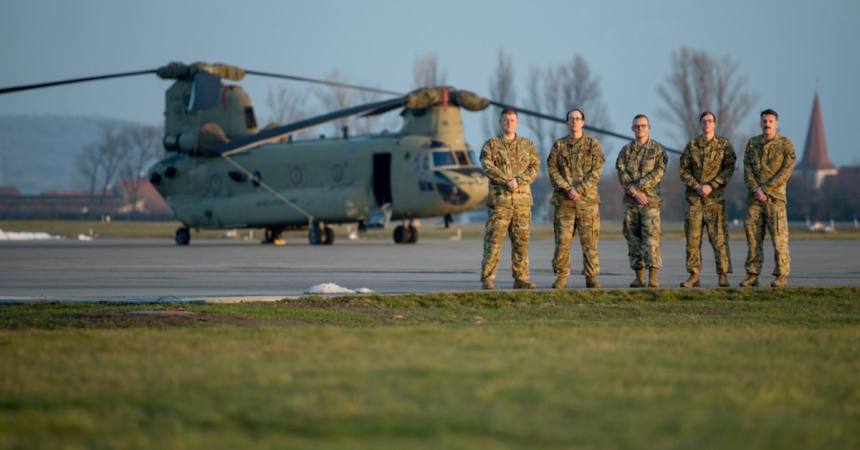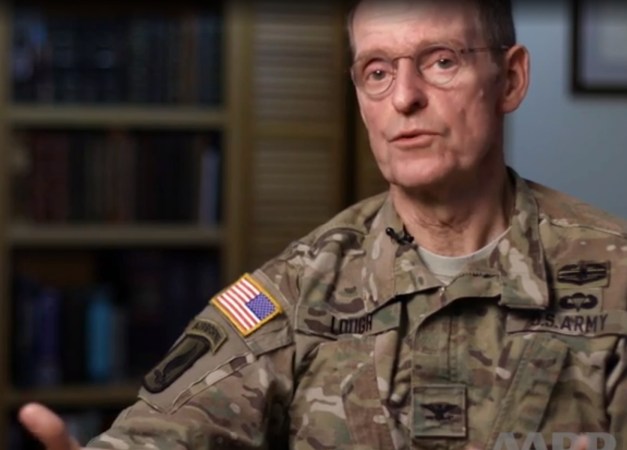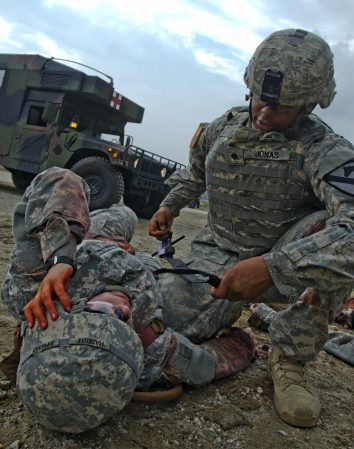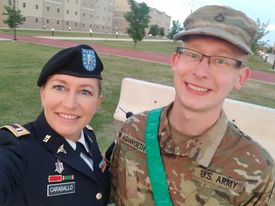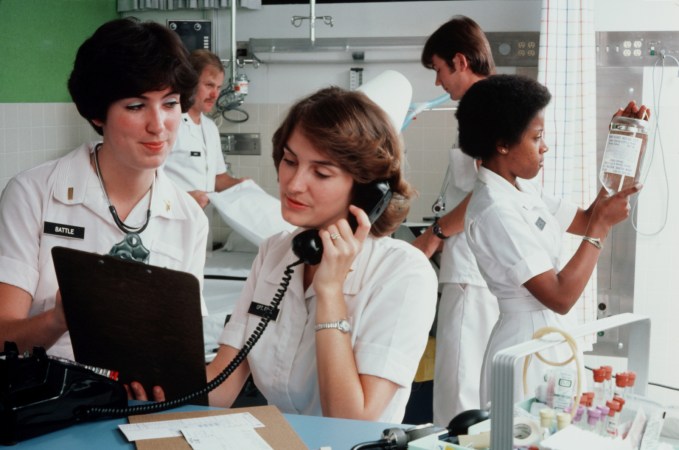The Army’s top surgeon said Aug. 18 the service is working with its combat medics to deal with casualties that can’t be airlifted immediately out of the battle zone and back to surgical facilities for hours or days, arming the first responders with new gear and techniques designed to keep a soldier alive well past the so-called “Golden Hour” that’s contributed to a record-level survival rate for wounded troops.
Lieutenant Gen. Nadja West said the Army’s 68W Healthcare Specialist cadre will have to be armed with sophisticated sensors to measure a patient’s vital signs, be trained to use new lifesaving equipment like tourniquets that can wrap around a patient’s waist or chest and be given technology that will allow them to “reach back” from the battlefield to surgeons in the rear who can deliver expert advice far from the operating room.
“We’ve had the luxury of air superiority so we could evacuate our casualties at will,” West told WATM at a recent meeting with defense reporters in Washington, D.C. “We’re trying to make sure that in an environment where it’s not as permissive — where we’re going to have to retain casualties longer — we have the ability to do this prolonged care.”

West added that in Afghanistan, for example, there were cases where patients were flown out of the combat zone and back to Bethesda Naval Medical Center and on the operating table within 24 hours. But in future wars, that capability might not exist.
In the wars since 9/11, the Army has benefitted from American air dominance which allowed slow-moving, poorly-armed medical evacuation helicopters to speed to the battle and pick up wounded in a matter of minutes. That’s led to a 93 percent survival rate for wounded soldiers, a 75 percent increase since the Vietnam war.
But the Army is worried that wars in the near future won’t allow a speedy MEDEVAC, so its medics will have to deal with situations like potential limb loss from tourniquets staying on longer than usual to fluid pooling in the brain or organs, West said. That doesn’t mean that all of the sudden 68Ws have to be trained as vascular surgeons, but they do have to be able to get detailed information that’ll help keep their patients alive.

“Telehealth is going to be very important and we’re working on that,” West said of capabilities being developed for detailed medical communication on the battlefield.
“So you’re actually talking to a vascular surgeon when you’re down range and say ‘Hey I’m looking at this vessel, what do I need to do?’ ” West explained. “You’re not going to make them trauma surgeons, but at least you have someone that can give them the expertise that can do things right there.”
West also said the Army was experimenting with ways to attach sensors to soldiers so that intensive care specialists in the rear can get detailed information about a patient’s condition and be able to render advice to a medic on managing the casualty over a longer period.
“So I see not having to train them on every single thing, but having the reach-back capability to say okay, I’m looking at this, what do I need to do?” she said. “That’s what I see in the future. Rather than trying to overload them with everything, give them the reach back to help them answer those questions.”













